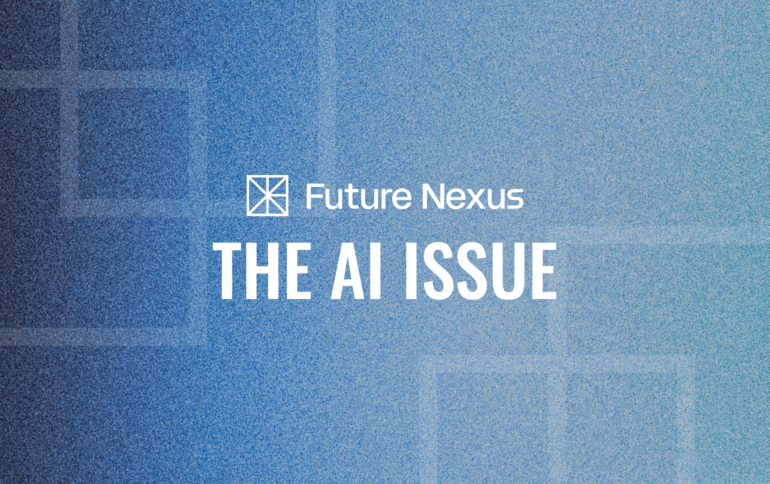The White House just unveiled “America’s AI Action Plan,” a sweeping framework whose sales pitch is to accelerate innovation, build infrastructure, and lead in AI diplomacy and security.
The press release emphasizes that, of the 90 policies detailed, the key ones are:
- Exporting American AI (hardware, software, standards)
- Expediting the buildout of data centers (which includes incentivizing more HVAC and electrician talent)
- Decreasing regulations with input from private companies
- Ensuring the government contracts with LLMs whose systems are “objective.”
But buried deeper in the plan are more ominous allusions. Let’s unpack the key pillars and explore implications for startups, incumbents, and humanity alike.
First on the menu is the old-as-time question of dropping regulations. While it may encourage innovation and align incentives with startup agility, it could also prematurely remove consumer protections and ethical oversight—not to mention create cross-border compliance and compatibility challenges if operating in multiple jurisdictions with differing standards. One notable bright spot is the crackdown on deepfakes, especially in the legal system, reaffirming protection against false evidence or non-consensual content.
Also of note: Enabling access to large-scale compute power for startups and researchers, while driving adoption of open-source and open-weight models. Enacted, it would be a monumental unlock for academics and small developers building without multi-million dollar accounts.
As expected, the bill is primarily focused on national security and shoring up American competitiveness in artificial intelligence, including adoption by the Department of Defense, cybersecurity infrastructure, the restoration of semiconductor manufacturing alongside a clear path for robotics and drone manufacturing. We’ve already seen DoD contracts underway for OpenAI, Google, Anthropic, and xAI.
But there’s one piece that deserves more scrutiny: As usage increases, what powers it all? The plan calls to “reject radical climate dogma” and “build, baby, build.” Per the document, this may entail reducing environmental regulations, including offering data centers a blanket Clean Water Act Section 404 Permit (which regulates water discharge into wetlands, streams, rivers, lakes). This will also necessitate optimizing our energy grid and upskilling the workforce accordingly.
Finally, the wildcard topic tucked in at the bottom of the plan—the renewed focus on materials science and biosecurity. One half of this equation is the buildout of scientific datasets, which includes a proposition of “a whole-genome sequencing program for life on Federal lands” in support of a biological foundation model. This could, perhaps, be an enormous step for medical and agricultural research. The other half of this is investments in biosecurity—to combat the risk of “malicious actors” synthesizing “harmful pathogens” (i.e., bioweapons?) and relatedly, “cures for new diseases.” Whatever the future holds next, it’s clear AI continues to pose both an existential opportunity and risk.
A national plan to shape AI’s future is one thing, but today, we continue to explore the movers and shakers building game-changing AI already. We shared insights from Chris Taylor, CEO of Fractional AI, who’s already delivering ROI through a small, sharp team.
—The Editors


